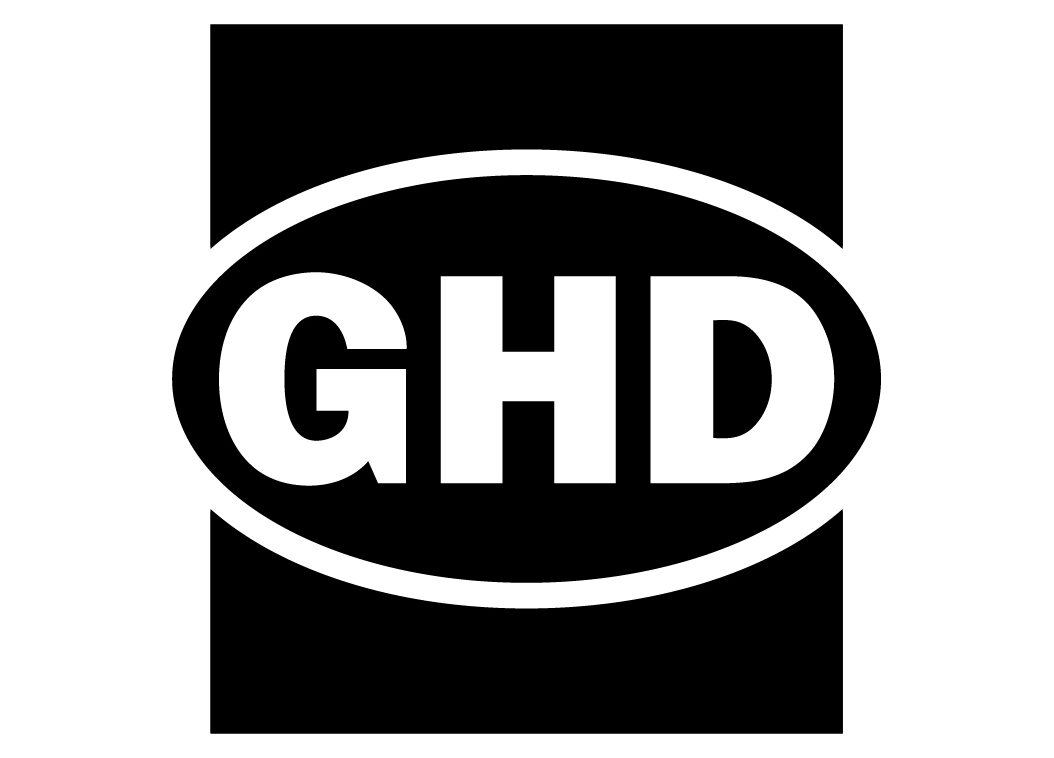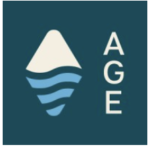On 7 February 2021, the Australian hydrogeology community lost a pioneer. Frans Robert Peter Kalf died that day, after enduring a long battle with myeloma for much of the past decade, although he kept his illness quiet until the last couple of years. His specialty was mathematical geology, which morphed naturally into groundwater modelling. In keeping with his penchant for precision, his age was 74.8.
Born in Amsterdam on ANZAC Day 1946, he migrated to Australia with his parents as a four-year-old. He leaves behind Tricia, his wife of 44 years, with their seven children and many grandchildren. Apart from his professional life, he had many interests. He played base guitar in a band for many years and later composed music; he treasured a white grand piano and had an early electronic piano, and collected early recording technologies. He loved sailing with his WC&IC/WRC (Water Resources Commission) friends, and always competed in the annual tennis day. In later years, the air shows in England were his passion which led to expertise with flight simulation. Despite an apparently confident persona, he had a soft side and occasionally “wore his heart on his sleeve”.
He kept up with modern physics, “ever looking on new objects with an endless curiosity … without drawing any worldly advantage to themselves from them … to their amusement, or the improvement of the mind” (Addison, 1712). He was fascinated by quests for the Theory of Everything, black holes, anti-de Sitter space, emergent gravity and Escher tessellation figures. He had a fertile mind that was capable of drawing together threads from the mathematics-art-music trinity, as exemplified by the famous book Godel, Escher, Bach: An Eternal Golden Braid (Hofstadter, 1978). Only 12 days after Frans died, NASA’s Perseverance rover landed safely on Mars in the first targeted search for signs of life on another planet. Frans would have been intensely interested in that event.
After completion of the NSW Leaving Certificate, Frans commenced university studies in Surveying, but that proved not to his liking and he switched to Geology instead. With a Bachelor of Science Degree (majoring in geology) in his back pocket in 1968, Frans wandered into the Hydrogeological Section of WC&IC (the Water Conservation and Irrigation Commission, a small part of the Water Supplies Branch), tasked with providing technical and financial assistance to farmers. He simply asked Bill Williamson or Maurice Hind if they had a job for him. The Branch was housed in the Flotta Lauro Building at the Circular Quay end of Pitt Street, Sydney. There was a job of course – geologists were in short supply at the time – so he was introduced at the very beginning of his career to the practical side of working with groundwater – checking the available data (usually very scant) and then visiting farmers to try and convince them that his ideas on where to drill for water were superior to those of the local water diviner. Frans enhanced his qualifications with a Post Graduate Certificate in Engineering Hydrology in 1970. He fitted in well with the group of smart young professionals assembled at WC&IC via recruitment and cadet sponsorships, and was well primed for the arrival of the digital revolution that he rode to a considerable height in his chosen field. Frans was responsible for purchasing in 1972 one of the earliest mini-computers (PDP/8e) for scientific use by NSW government. With only 8 kilobytes of memory, at first, minor scientific miracles emanated from this device. Early focus was on writing code for analytical groundwater models – the basis for his M.App.Sc. thesis in 1973.
In 1975 he was awarded a Churchill Fellowship to study approaches to groundwater modelling in the USA and Europe and came home with a copy of the PLASM finite-difference code. According to the
History of Hydrogeology (Howden & Mather, 2013), shortly afterwards followed the first published numerical model of a major aquifer in NSW – in the Murrumbidgee Valley (Kalf & Woolley, 1978).
In 1980 Frans joined Australian Groundwater Consultants (AGC), where he became Director and Principal Hydrogeologist; and subsequently Principal of AGC Woodward-Clyde from 1989 to 1991. This consultancy involved him as a member of teams involved not only in hydrogeology, but also in hydrochemistry and contamination management and in geotechnical stability issues, especially around mining sites such as Mt Newman in WA and around Ranger, Jabiluka and Koongarra in NT (all uranium mines). His report on Jabiluka was used in the Australian submission to UNESCO in Paris 1999, which allowed continuation of the project. The mixing of the differing professional disciplines stimulated Frans to apply his very considerable intellect towards resolving the predictability of many new factors and incorporating these into management solutions. This was real pioneering work as it involved multi-parameter modelling which was at this time in its infancy world-wide. Team meetings were intellectually robust and challenging events for all the disciplines involved, but they produced valuable insights and improved reliability in developing the management concepts recommended to the many clients the consultancy then advised.
It is fair to say, however, that negotiations with regulators and with permitting authorities could be very stressful, as their favoured commonly ultra-conservative conceptualisation of problem issues were technologically challenged, and their veracity and reliability analysed in detail by Frans supported by other AGC personnel. Time has long since shown Frans’s inputs to have been correct in most cases, and the viability of management pursued by the projects he worked on to have been well-based. The result of this has been that now much of this work is outsourced by regulators with the beneficiary being the Australian economy and the broader environment in which natural resource projects have been developed.
In 1988 he earned his PhD with an ambitious project: A Variably Saturated Finite Element Model for Three-Dimensional Seepage Face Problems. From 1991 he ran his own business as Kalf & Associates Pty Limited. He worked on hundreds of challenging problems across all aspects of hydrogeology – nothing was ever so hard that his intellect could not master it. He had a genius for intuition and could spot a mathematical or conceptual error from the other side of the room! Over a period of 20 years (1975-1995), he taught at national groundwater schools and post graduate hydrogeology and hydrology programs at UNSW. He was a mentor to so many.
In later years he specialised in peer reviews, with occasional expert witness testimony (which he found traumatic). This gave him an opportunity for “all the noble productions of Philosophy, Mathematics, close Reasoning, and handsom Argumentation” (Addison, 1712).
Frans had such a great presence in the groundwater industry. He was highly respected and relied upon, and his colleagues will miss his wisdom greatly. In March 2010, his erudite contribution to our profession was recognised with a lifetime award from the IAH (NSW branch). With his passing, we can only hope that Frans has now been made aware of the solution to the Theory of Everything.
Noel Merrick/Don Woolley/Steve Hancock – 9 March 2021
























